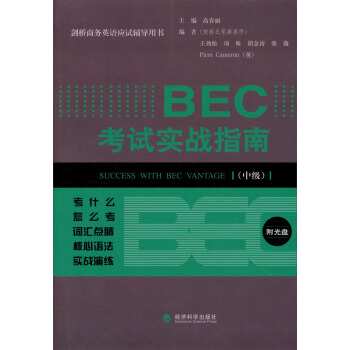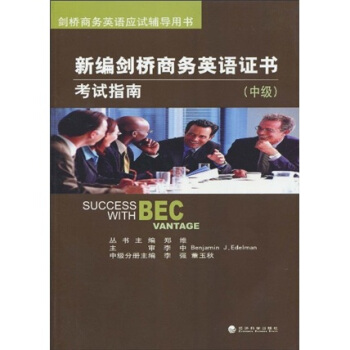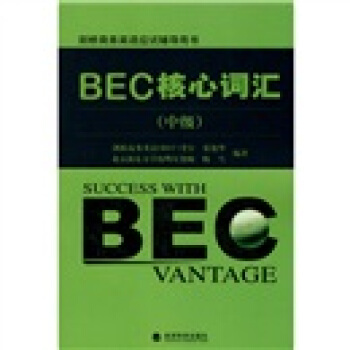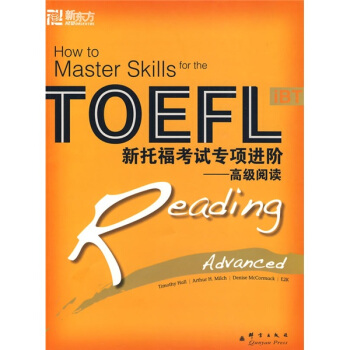

具体描述
産品特色
內容簡介
《新東方·新托福考試專項進階:高級閱讀》引進自韓國多樂園齣版社。該社成立於1977年,在韓國英語教育齣版領域始終處於領軍地位。本叢書被韓國眾多學校和培訓機構指定為課堂教材,在托福考生中享有較高聲譽。《新托福考試專項進階》係列叢書從托福考試所考查的聽、說、讀、寫四項技能人手,為考生提供瞭詳盡的考試指導,並將各技能分為初、中、高三級,逯過獨特的“進階訓練”方式,再輔以大量練習,讓考生逐步掌握托福實考的技巧,同時切實提高英語實際運用能力,從而在短期內輕鬆取得托福高分。本叢書內容編排由易到難,循序漸進,實戰性強,是不可多得的托福備考資料。作者簡介
Timothy Hall,畢業於美國哥倫比亞大學,英語語言學專業碩士。
Arthur H. Milch,美國新澤西學院TESOL專業教育學碩士。
Denise McCormack,美國新澤西學院TESOL專業教育學碩士。
內頁插圖
目錄
ContentsPART 1 Basic Comprehension
Unit 1 Vocabulary
Biology/Sociology/Literature
Unit 2 Reference
Science/History/Economics
Unit 3 Factual Information
Art/Geography/Politics
Unit 4 Negative Factual Information
Culture/Astronomy/Chemistry
Unit 5 Sentence Simplification
Ecology/Biology/Geology
PART 2 Making Inferences
Unit 6 Rhetorical Purpose
Zoology/Sociology/Literature/Language
Unit 7 Inference
Psychology/History/Geography
Unit 8 Insert Text
Art/Economics/Science
PART 3 Reading to Learn
Unit 9 Prose Summary
Geology/Astronomy/Chemistry
Unit l0 Fill in a Table
Culture/Anthropology/Ecology/Biology
Vocabulary Wrap-up
Actual Test 01
Actual Test 02
Contents(Answer Book)
Unit 1 Vocabulary
Unit 2 Reference
Unit 3 Factual Information
Unit 4 Negative Factual Information
Unit 5 Sentence Simplification
Unit 6 Rhetorical Purpose
Unit 7 Inference
Unit 8 Insert Text
Unit 9 Prose Summary
Unit 10Fill in a Table
Actual Test 01
Actual Test 02
精彩書摘
The principles making radio possible were developed throughout the nineteenth century. The first breakthrough was by the British physicist Michael Faraday in 1831. He discovered that when an electric current passes through one wire, it produces a current in another wire even though the wires do not touch each other. In 1864, James Maxwell showed that this current——composed of electromagnetic waves——travels at the speed of light. Heinrich Hertz proved that the waves pass through solid objects. With these discoveries in place, the race was on to develop a system of wireless radio.
Among the contenders was Reginald Fessenden, a Canadian inventor. Fessenden began experimenting with radio detectors in order to explore the possibility of voice transmission. In 1900, he was the first person to transmit his voice, but the sound was unrecognizable because the waves were not continuous. He invented a barreter detector, taking its name from the French word exchanger, to receive AM (amplitude modulated) signals, but it was not sensitive enough. One day in 1901, he accidentally left a filament of wire in acid for too long until only a tip of the wire was in contact with the acid. Fessenden noticed that, with the wire in the acid, the barreter was very sensitive to nearby continuous radio waves.
Fessenden called his invention a liquid barreter, but it became known as an electrolytic detector. The detector consisted of several connected parts forming an electric circuit. A silver-coated platinum wire was dipped into a small platinum cup filled with nitric or sulfuric acid and connected to the ground. A battery was connected between the wire and the acid, prompting a current to flow in the detector. Someone wearing headphones that were hooked up to the detector could hear a hissing noise, which could be adjusted by turning a dial until the hissing noise stopped. At that point, the detector was highly sensitive to incoming radio waves.
……
前言/序言
用户评价
五摺優惠,價格便宜,一下買瞭中高級全套,書非常好,現在學習中
评分托福閱讀還是選擇新東方,希望自己能有個好成績
评分 评分 评分值得信賴,值得入手,值得購買
评分京東快遞很快,很滿意的效率,求質量也不錯,挺好的購物。
评分很不錯很好,還在收發室,不知道啥時候能拿到。齣差。
评分非常好,京東的效率杠杠的
评分考試結構
相关图书
本站所有內容均為互聯網搜索引擎提供的公開搜索信息,本站不存儲任何數據與內容,任何內容與數據均與本站無關,如有需要請聯繫相關搜索引擎包括但不限於百度,google,bing,sogou 等
© 2025 tushu.tinynews.org All Rights Reserved. 求知書站 版权所有

![新東方·新托福考試專項進階:高級寫作(附光盤) [How to Master Skills for the Toeflibt:Writing Advanced] pdf epub mobi 电子书 下载](https://pic.tinynews.org/10043709/573bd4d0N8b1e6cae.jpg)
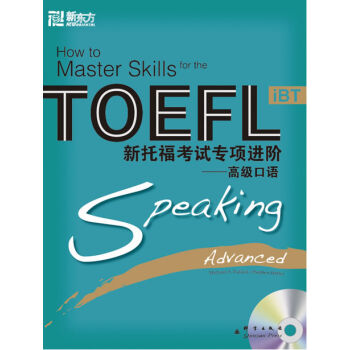
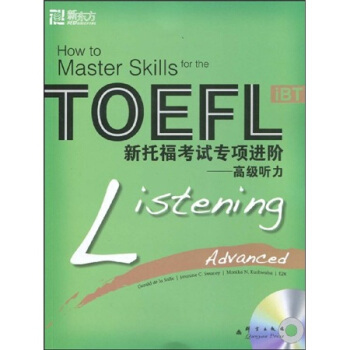



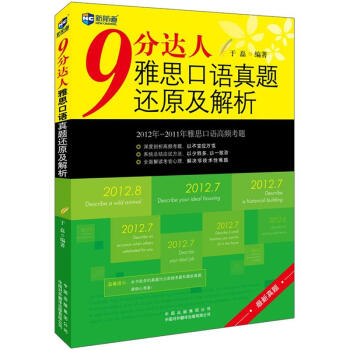
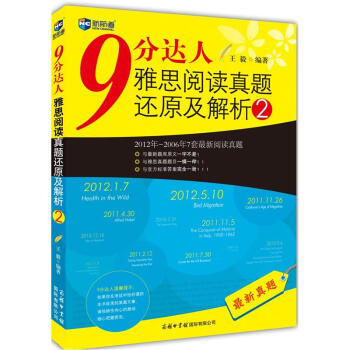
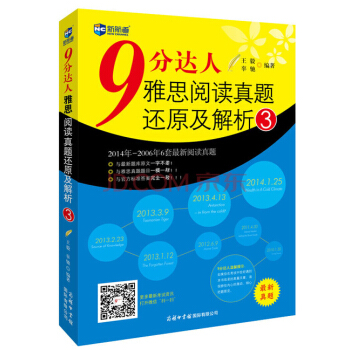
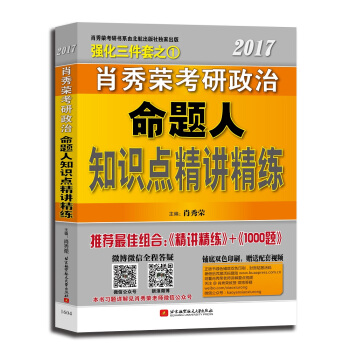
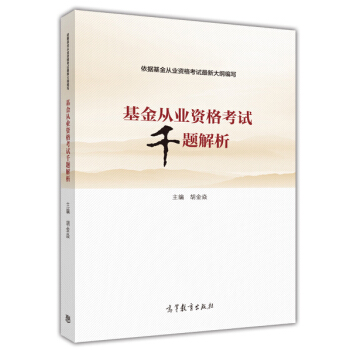
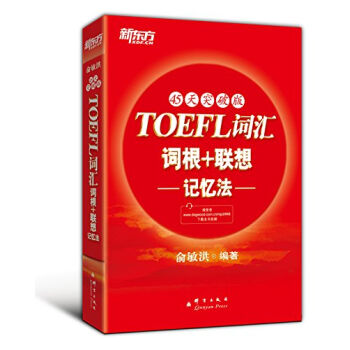
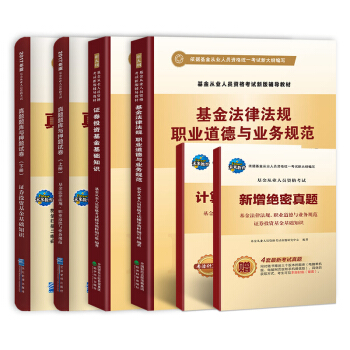
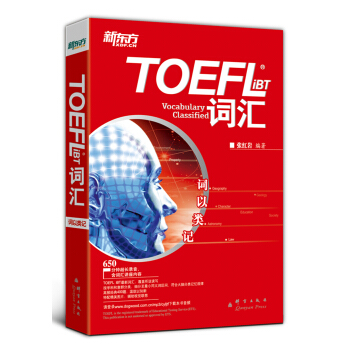
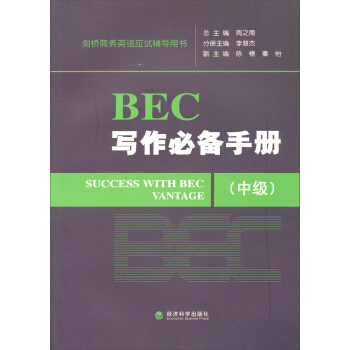
![劍橋商務英語應試輔導用書:BEC聽力必備手冊(中級)(附MP3光盤1張) [Success with Bec Vantage] pdf epub mobi 电子书 下载](https://pic.tinynews.org/10974126/rBEDilAOWucIAAAAAACroL11g1wAAFXSAPAVAIAAKu4124.jpg)
